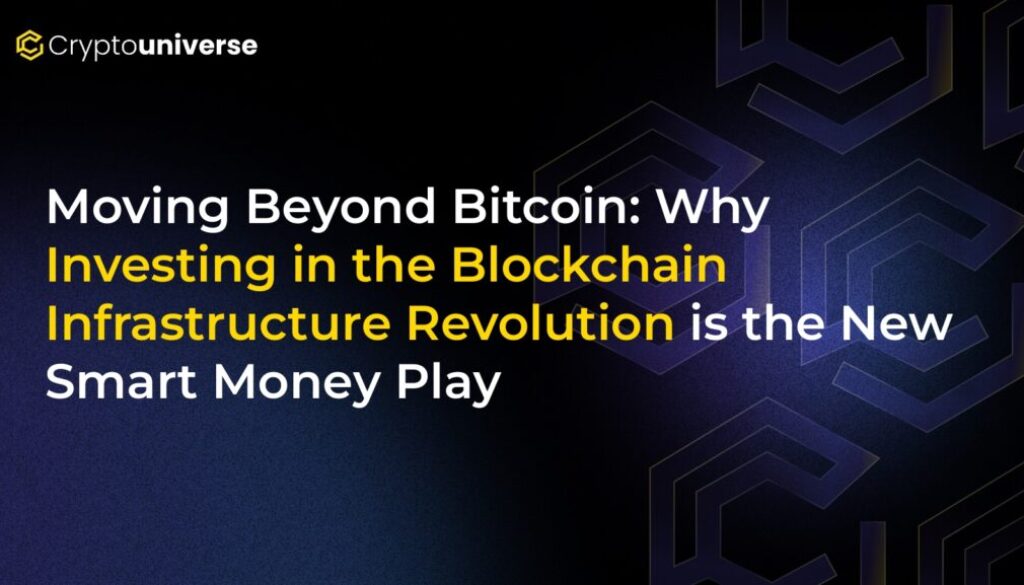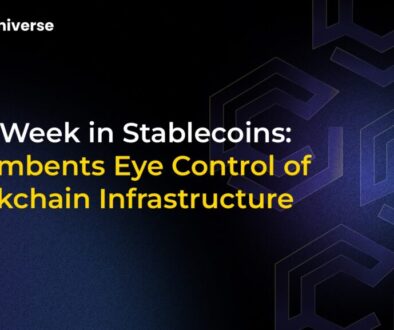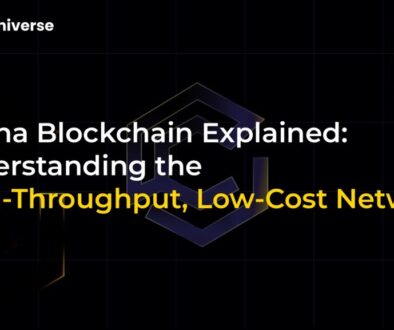Moving Beyond Bitcoin: Why Investing in the Blockchain Infrastructure Revolution is the New Smart Money Play

The Crypto Gold Rush Has a New Narrative
For years, the crypto conversation was dominated by one question: “When moon?” Investors poured capital into digital assets like Bitcoin, hoping for meteoric price gains. But the landscape is undergoing a seismic shift. The new smart money isn’t just betting on the digital gold; it’s investing in the picks and shovels. 2025 is marking a pivotal turn where institutional giants are prioritizing the foundational technology—blockchain infrastructure—over speculative assets.
Firms like Franklin Templeton and Tether are leading the charge, allocating billions not to the next meme coin, but to the digital rails, privacy-preserving tools, and decentralized systems that will power the future of finance and commerce. This isn’t just another crypto trend; it’s the beginning of the infrastructure revolution. Here’s why strategic investors are looking beyond Bitcoin to future-proof their portfolios.
Franklin Templeton: Building the Bridge Between Wall Street and Web3
When the CEO of a $1.6 trillion asset manager like Franklin Templeton calls Bitcoin a “fear currency,” the market listens. This statement from Jenny Johnson isn’t a dismissal of crypto but a powerful signal of where institutional focus is heading. The real, sustainable value lies in the underlying technology that makes digital assets possible.
Franklin Templeton is putting its money where its mouth is by heavily investing in “blockchain rails.” Think of these as the new digital highways for finance, enabling faster, cheaper, and more secure transactions than legacy systems. But they aren’t just for crypto. The firm is actively tokenizing traditional financial products.
A prime example is their OnChain U.S. Government Market Fund, which merges the stability of government securities with the efficiency of the blockchain. By operating its own node validators, Franklin Templeton ensures transparency and security, building a foundation of trust that institutional clients demand. They are not just participating in the decentralized economy; they are building the institutional-grade infrastructure to make it mainstream.
Tether’s Grand Plan: From Stablecoin to an AI-Powered Ecosystem
While Tether is synonymous with its USDT stablecoin, its ambitions stretch far beyond being a simple dollar peg. The company is strategically evolving into an infrastructure powerhouse, focusing on two of the most transformative technologies of our time: AI and blockchain.
The launch of Tether AI signals this new direction. It aims to create a decentralized environment where AI agents can operate peer-to-peer, facilitating a new wave of machine-to-machine (M2M) commerce. Imagine autonomous supply chains where shipping containers automatically pay port fees, or IoT devices that purchase their own bandwidth. By integrating crypto payments through its Wallet Development Kit, Tether is building the financial plumbing for this autonomous future.
Furthermore, Tether is tackling the regulatory hurdle head-on. By appointing former White House advisor Bo Hines and working towards compliance with frameworks like the GENIUS Act, Tether is preparing to launch a U.S.-regulated stablecoin. This move is designed to soothe institutional fears about transparency and regulatory risk, positioning Tether as a core component of future cross-border payments.
The Top Investment Arenas in the Blockchain Infrastructure Boom
Bitcoin’s volatility makes it a challenging long-term hold for institutions seeking predictable returns. Blockchain infrastructure, on the other hand, offers value driven by utility and adoption. As the network grows, so does the revenue generated from transaction fees, validation services, and enterprise solutions. Here are the key areas attracting institutional capital:
1. Zero-Knowledge Proof (ZKP) and Privacy Tech
How can a bank comply with regulations without exposing sensitive customer data? The answer lies in Zero-Knowledge Proofs. This groundbreaking technology allows one party to prove something is true to another without revealing the underlying information. For institutions, ZKPs are the key to privacy-preserving compliance, and companies like Aleo and Nym are at the forefront of this space.
2. Tokenization of Real-World Assets (RWAs)
The next trillion-dollar opportunity in crypto isn’t a new token; it’s the tokenization of existing assets. Blockchain enables the fractional ownership of everything from real estate and private equity to fine art and carbon credits. This process unlocks liquidity from historically illiquid markets, and platforms that facilitate this are becoming essential infrastructure.
3. The Convergence of AI and Blockchain
As AI models become more autonomous, they need a secure and transparent way to transact and interact. Blockchain provides the trust layer for AI. It creates an immutable record of AI decisions and data usage while enabling AI agents to participate in the economy. Projects building the infrastructure for this convergence are creating entirely new markets.
Conclusion: Build the Rails, Don’t Just Ride the Train
The blockchain revolution is maturing. The initial speculative frenzy is giving way to a more profound and sustainable phase of development focused on building real-world utility. The strategies of Franklin Templeton and Tether are a clear indicator that the future of digital finance belongs to those who build and own the infrastructure.
For investors, the message is clear: the greatest opportunities are no longer in simply holding digital gold, but in financing the creation of the rails that will carry it. By focusing on the underlying technology—from privacy tools and tokenization platforms to AI-integrated networks—investors can position themselves at the heart of a new financial era defined by decentralized trust, enhanced privacy, and unstoppable innovation.


